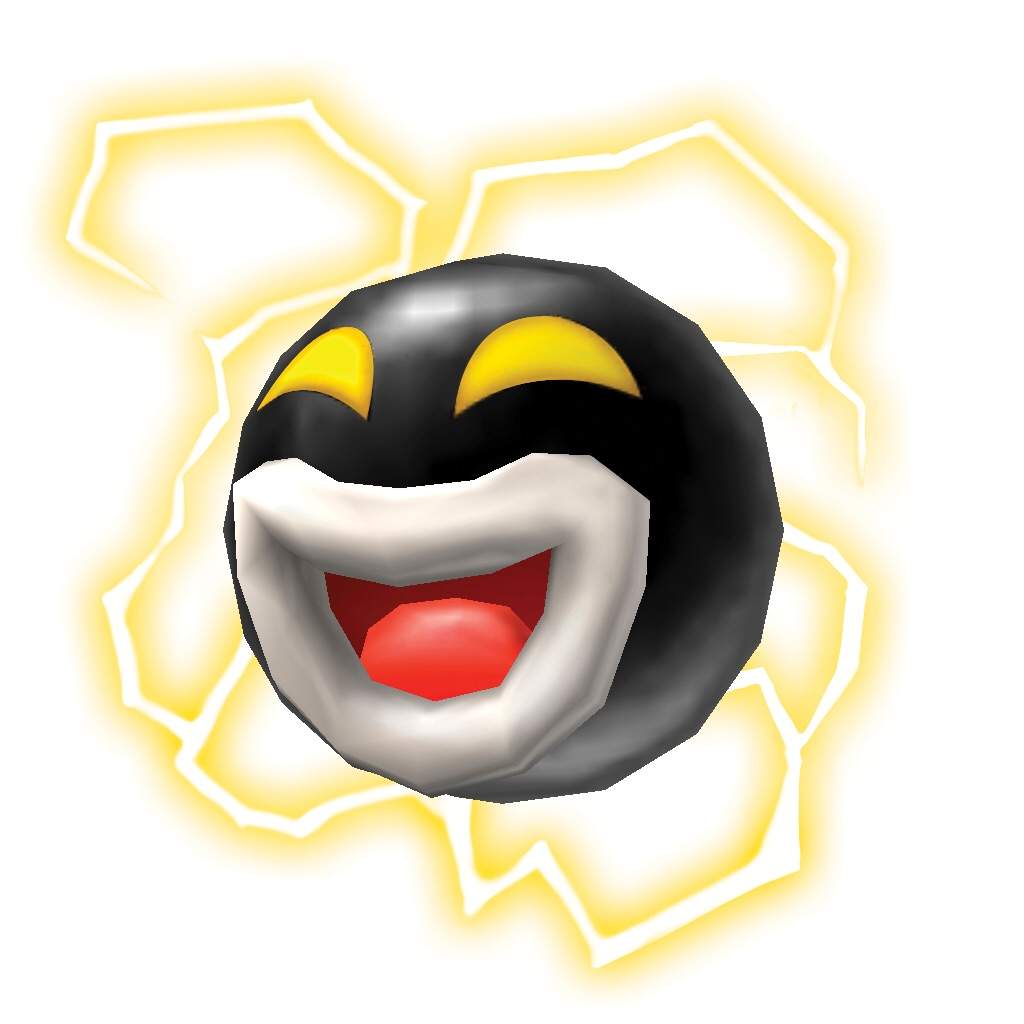
And it’s always with the slightest edge of mania, ensuring it never feels cutesy or saccharine. This is daft happiness at its purest, titrated into gaming. It still plays in the familiar manner of just clicking on things on the screen to see what they do, and then delighting when they do it, and here it’s all about a little fuzzy black creature desperately trying to get his hands on a cherry. Whereas their games are usually better described as organic adventure puzzles, Chuchel is a much more straightforward puzzle game. Chuchel is, beyond belief, wonderful.įrom Amanita, who have previously brought us utterly beautiful games like Machinarium, Samorost and Botanicula, this is in some ways a diversion, in others true to their wondrously animated form. I exhaust every repeated joke until it loops, don’t mind when they do, and call people in from other rooms to see the funniest moments. This is a game where I find myself trying to work out what is the correct solution to any given puzzle, just so I can avoid clicking on it before I’ve clicked on everything else. And then, as you click on every element on the screen, delightful, silly and gorgeous things happen. Every new scene is a glorious delight just to look at, before you even start playing with it. This Key is based on the Keys that can be found in the following books.Chuchel is a tour de force of animation, every scene so vibrant and hilarious, colourful and manic, the slightest tweaks in character facial expressions eliciting guffaws.
First pair of legs raptorial (used to grasp prey) and held close to the body at rest = Praying Mantidsįront legs not like this and body flattened = Cockroaches. Head narrower than body: sucking mouthparts: abdomen often with a pair of tubular outgrowths ( cornicles) near hind end: insects found on growing plants = Hemiptera Head a wide or nearly as wide as body: biting mouthparts: insects often found among dried materials = Psocoptera. Insects 5mm long, clothed with flattened hairs and scales: vestigial wings present = Lepidopteraīody usually <5mm long, bald or occasionally scaly: vestigial wings rarely present. Body grasshopper-like, with enlarged hind legs and pronotum extending back over abdomen =. Insect wingless or with poorly developed ( vestigial) wings. Start at Question 1 and follow the links until you've identified your insect. Non-members can use the Bug Club discussion forum however membership of this forum is not restricted and we cannot guarantee the help/advice offered. The AES cannot be held responsible if the Key provides an incorrect identification, it is intended as a guide only - if you require a species level identification then please use our identification services or send the insect with comprehensive details of where you found it to the Entomology Department of your nearest University or Natural History Museum. An explanation of many of these terms can be found on the Insect body structure page or within the Insect fact files section. The Key uses some specialised terms to describe specific parts of an insect's body. The Key may not be successful if used to identify insects outside the UK although in most cases it should still produce a correct identification. The Key will only work for adult insects (the imago), it is not intended for juvenile insects, larvae or caterpillars so make sure you are trying to identify an adult insect. These are still included in the key in order to make the key as useful as possible. /Update%2003/138-182.png) The Key also refers to some groups (such as the Protura, Diplura and Collembola) which are considered to be non-insect hexapods rather than insects. Important: This Key will only identify insects to a specific Order, it does not identify to species level (you'll require a specialised book for that or you'll need to use one of our identification services). Please read all the text below before using the Key.
The Key also refers to some groups (such as the Protura, Diplura and Collembola) which are considered to be non-insect hexapods rather than insects. Important: This Key will only identify insects to a specific Order, it does not identify to species level (you'll require a specialised book for that or you'll need to use one of our identification services). Please read all the text below before using the Key. 
It is a good idea to have the insect in a 'Bug Box' whilst you use the Key - it's much easier than relying on your memory.

If you've found an insect and you don't know what it is then you can use the on-line Key below to find out what order your insect belongs to. Only the adult males possess the orange tips to the wings that give this species its common name.

An adult female orange tip butterfly, Anthocharis cardamines.


/Update%2003/138-182.png)





 0 kommentar(er)
0 kommentar(er)
